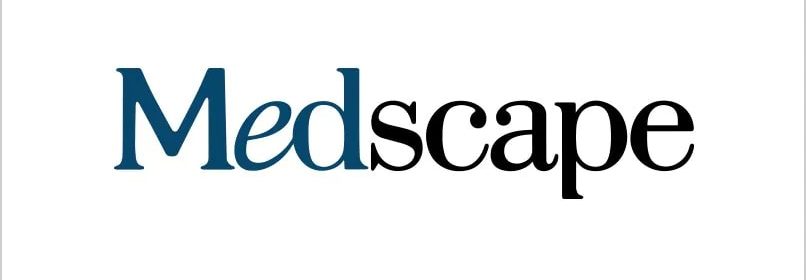Triplet Therapy for High-Risk Smoldering Myeloma May Delay Progression to Overt Disease

NEW YORK (Reuters Health) – Triplet therapy with carfilzomib, lenalidomide, and dexamethasone (kRD) delayed clinical progression from smoldering myeloma to overt disease in a phase 2 proof-of-principle study.
The authors caution that the regimen should not yet be used outside of a clinical trial.
“The triplet therapy was evaluated in a population with a median risk of progression to multiple myeloma of about 75% at five years,” Dr. Dickran Kazandjian of the Sylvester Comprehensive Cancer Center, University of Miami told Reuters Health by email. “We showed that using the kRD triplet led to a minimal residual disease (MRD)- negative complete response (CR) rate of 70%, which was sustained with a median duration of 5.5 years. Moreover, this clinical benefit directly translated to improvement in the rate of progression to symptomatic overt MM.”
“We are at an eight-year milestone,” he said. “Only 9% of patients have progressed.”
As reported in JAMA Oncology, the single-arm, single-center, phase 2 nonrandomized controlled trial enrolled 54 patients (median age, 59; 56% men; 68% white; 28% Black). The median potential follow-up time was 31.9 months.
Patients received eight 4-week cycles of intravenous carfilzomib 36 mg/m2 (first 2 doses, 20 mg/m2), dexamethasone (20 mg, cycles 1-4; 10 mg, cycles 5-8 twice weekly), and lenalidomide 25 mg (days 1-21) followed by twenty-four 28-day cycles of maintenance lenalidomide 10 mg (days 1-21).
Responses were evaluated at every cycle during kRD treatment and every 3 cycles subsequently. Bone marrow biopsies and imaging were performed by cycle 8 and then annually.
As Dr. Kazandjian indicated, the MRD-negative CR rate was 70.4%, with a median sustained duration of 5.5 years. Of the 38 patients who achieved an MRD-negative CR, 31 (81.6%) had at least one subsequent MRD assessment at least one year apart for a median MRD-negative CR duration of 66.5 months.
The probability of sustained MRD negativity was 81.8% at the 24-month milestone, 54.5% at the 60-month milestone, and 40.9% at the 90-month milestone.
The eight-year probability of being free from progression to multiple myeloma was 91.2%, and no deaths occurred.
Nonhematologic grade 3 adverse events occurred in 21 patients (38.9%) and included thromboembolism, rash, and lung infection; no grade 4 events were reported.
Dr. Kazandjian said, “Future studies will be able to better predict patients most likely to benefit from early intervention. “We are (working on identifying) the ‘myeloma-defining genomic event’ to differentiate smoldering patients whose disease is more likely to be monoclonal gammopathy of undetermined significance (MGUS)-like versus those who are just diagnosed early clinically with what really is multiple myeloma. The initial work was recently published by our translational lab.” (https://go.nature.com/3o781G6)
Dr. Omar Nadeem, Clinical Director, Myeloma Cellular Therapies Program at the Dana-Farber Cancer Institute in Boston, commented by email to Reuters Health, “This is quite impressive and is similar to results we are seeing in other highly effective combination strategies in both active and smoldering myeloma.”
“The caveats are the single-arm nature of this study and patient selection,” he said. “As such, these data cannot be broadly applied to all high-risk smoldering myeloma patients. While the data are very encouraging in terms of depth and duration of response, we will need randomized trials ideally to show a survival advantage with early intervention with these combination therapies.”
“However,” he added, “these data do suggest that a more potent therapy may lead to longer duration of remission compared to lenalidomide alone.”
The study was sponsored by Bristol Myers Squibb/Celgene and Amgen. Several coauthors have received funds from the company.
SOURCE: https://bit.ly/3EPnj8d JAMA Oncology, online September 16, 2021.
Source: Read Full Article